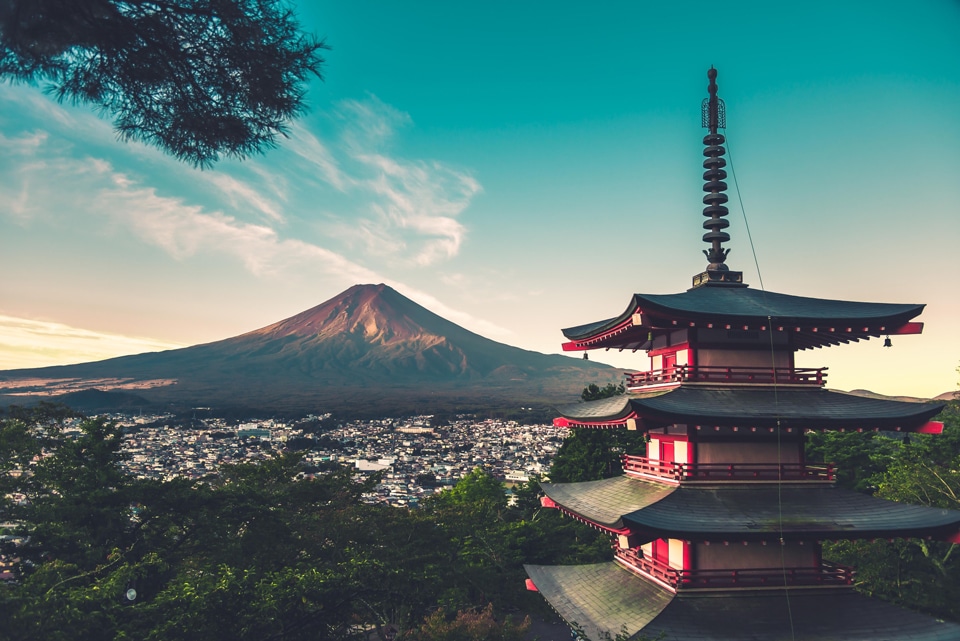4 minute read

When it comes to the wonders of Japan, Mount Fuji has to be one of the great beauties of this ancient and yet vastly modern country. It sits as a guardian that has been a landmark of the Japanese island of Honshu for millennia and is a famous sight of the skyline.
It is also a gateway where modern man meets Mother Nature, due to it being only 100 km from Tokyo. Due to it being classified as an active stratovolcano, it is monitored 24/7 for potential volcanic activity. However, it has remained dormant, as it hasn’t erupted since 1707.
Nevertheless, it has become a great sight to view, particularly for adventurous climbers, therefore buy some binoculars and let’s get up close with this magnificent, monumental mountain.
Climbing Season
The optimal climbing period for climbing this cultural symbol of Japan is during the summer, and the window is quite small, as the conditions on the ground differ very much from those at altitude.
The short 2-month climbing season is from July to September, and is recommended only during this period, especially for beginners, as conditions can vary outside of season and amenities such as toilets and shelters can be shut.
Come packed and prepared
While you may be visiting during the summer months, don’t come expecting picturesque weather when climbing. It doesn’t get warmer the higher you go.
It is always best to come packed with a change of clothes that can be done quickly to protect you from changing weather conditions.
Take equipment including water, food and a helmet with you and make sure you keep hydrated during your climb, as those such as fatigue and altitude sickness can happen.
Get in shape
As fatigue is a common issue, even amongst those more experienced or athletic, it is wise to start getting into training your body for the climb before you start.
It is wise that you consult your doctor and a fitness trainer before embarking on any fitness program, especially a vigorous one to prepare for something like Mt Fuji.
It is good to focus on strengthening areas that include your legs, core and cardiovascular fitness.
These areas are put under strain at altitude and, when reinforced, will be more capable of prolonging your stamina.
Manage your expectations
Just because you have done some training in preparation for the climb, don’t feel that you have to be superhuman.
While it is great to set the goal and aim for the summit, take your time and rest when required. By pacing yourself, you will conserve your energy and be able to deal with conditions better.
Be selective with your choice of the day
If you want to avoid the big crowds while climbing, it is wise to avoid some particular times. These include the week of the Obon festival and Japanese school holiday times.
However, camaraderie can be a good part of the experience. If you want a good balance with crowds, your optimal is that of a weekday in early July, if you can handle a bit of unstable weather.
Bring cash and understand your exchange rates
While you may be able to book one of the mountain huts over the phone, it is wise that you bring physical currency.
You will need to pay an admission fee which goes towards the upkeep of the environment, and money for buying provisions and use of public toilets (yes, Australians).
Conclusion:
Therefore, if you are ready to start your trek to the Land of the Rising Sun’s beautiful summit, then I wish you luck on your journey and may you have a glorious experience and witness something truly majestic.





